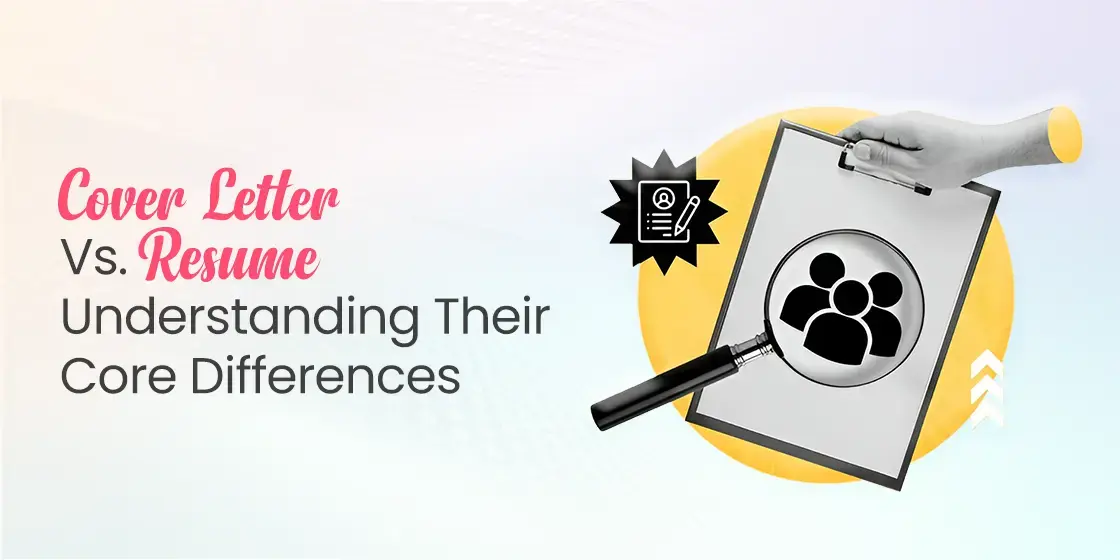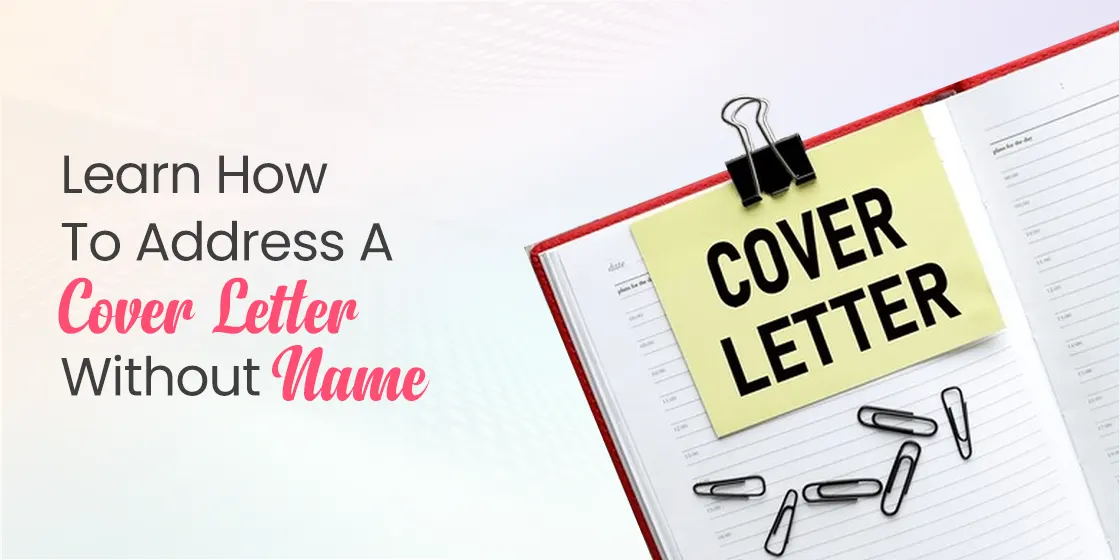Table of Content
Discover How Cover Letter vs Resume Differ in Their Application and Usage
In the intricate dance of the job application process, two documents stand as primary representatives of a candidate’s qualifications and aspirations: the cover letter and the resume. While both serve the overarching goal of securing an interview, they are distinct entities with unique purposes and structures.
The resume functions as a concise and factual summary of your professional history, skills, and accomplishments, presented in a standardized format for easy scanning and evaluation. Conversely, the cover letter offers a more personalized and narrative introduction, allowing you to articulate your specific interest in a particular role and company, and to connect your past experiences to the requirements outlined in the job description.
Mistaking the cover letter for a mere reiteration of the resume or neglecting its importance altogether can significantly hinder your chances of landing an interview. Each document plays a vital, albeit different, role in making a positive first impression on potential employers.
In this article, we will see the distinct nature of each document from a lens of professional resume writing service, exploring their individual purposes, typical content, and the roles they play in a successful job hunt. By understanding their core differences and leveraging their individual strengths, job seekers can create a more impactful and compelling application package.
What is a Cover Letter?
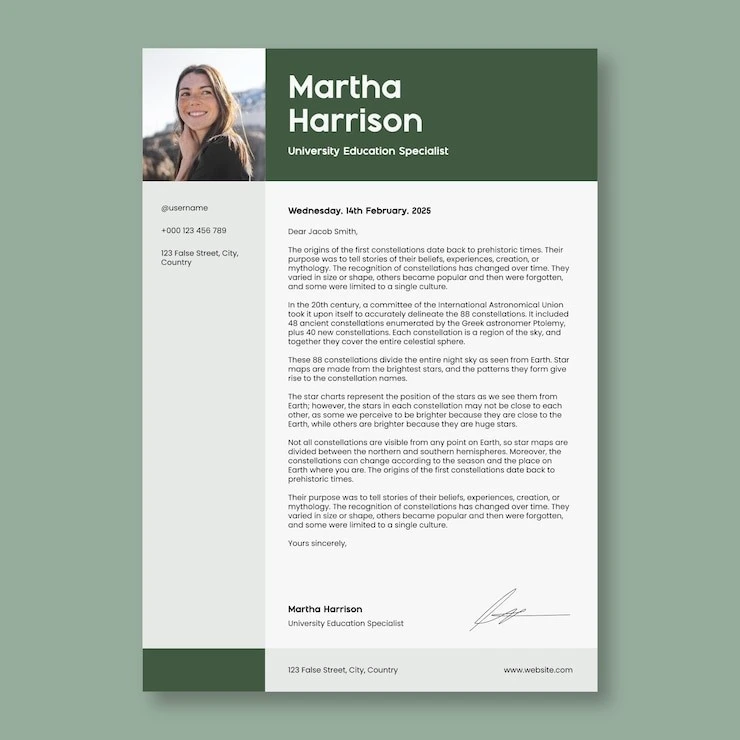
A cover letter is a personalized document that accompanies your resume when applying for a job. It serves as an introductory message to the hiring manager, providing context for your application and highlighting your specific interest in the particular role and the company.
Unlike the resume, which presents a broad overview of your qualifications, the cover letter allows you to tailor your message to each specific job you are applying for. It’s an opportunity to showcase your communication skills, express your enthusiasm, and articulate why your skills and experiences make you a strong candidate for this particular opportunity. Think of it as your initial sales pitch, where you aim to capture the reader’s attention and persuade them to take a closer look at your resume.
A well-crafted cover letter is more than just a formality; it’s a strategic tool that can significantly enhance your job application. It allows you to demonstrate your writing abilities, attention to detail, and genuine interest in the opportunity.
Grab employer’s attention with a professionally written cover letter!
Land Your Dream Job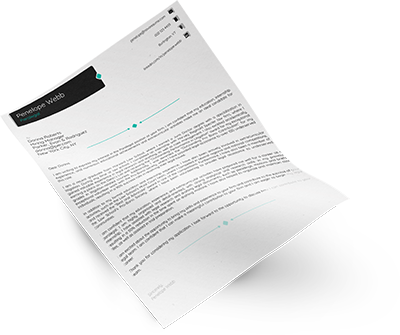
What Constitutes a Cover Letter?
The answer to the question – what to include in a cover letter, is quite simple. A compelling cover letter typically follows a structured format. It begins with a clear and concise introduction that states the specific position you are applying for and where you saw the job advertisement. The body paragraphs then delve into your relevant skills and experiences, drawing direct connections between your background and the requirements outlined in the job description.
Instead of simply listing your accomplishments (as your resume does), the cover letter provides brief narratives and examples that demonstrate your capabilities and how they align with the company’s needs. It’s your chance to showcase your understanding of the company’s mission, values, and the specific challenges the role might entail. A strong cover letter also addresses the “why you” question, articulating your unique value proposition and what you can bring to the organization.
What is a Resume?
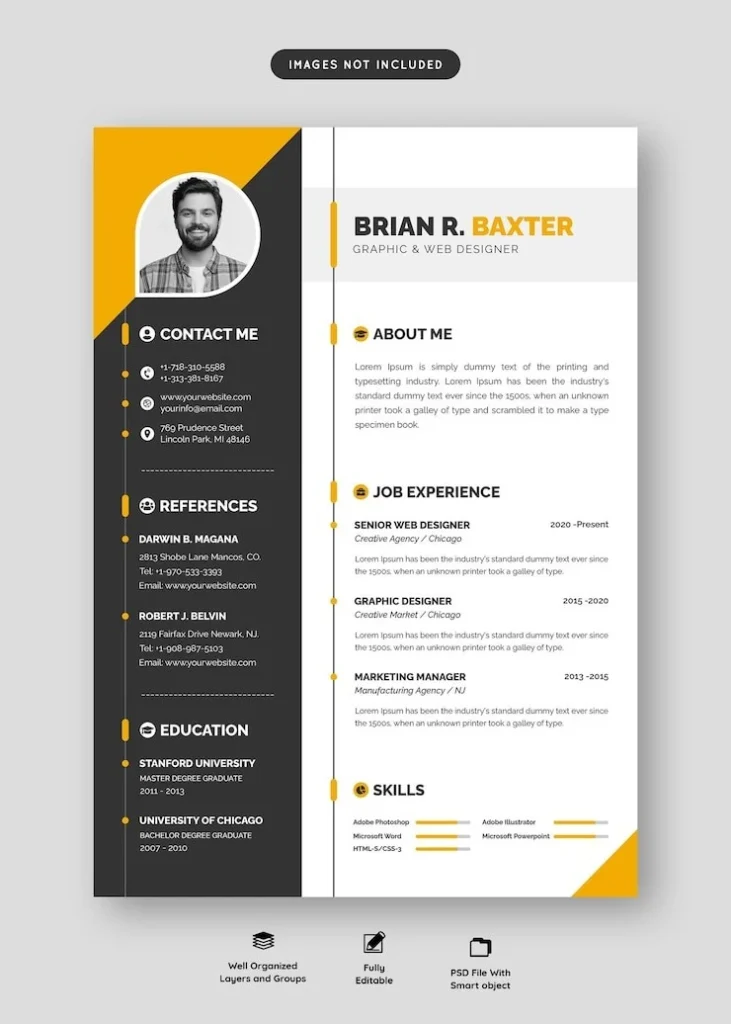
A resume, also known as a curriculum vitae (CV) in some parts of the world, is a concise and factual summary of your professional history, skills, education, and accomplishments. Its primary purpose is to provide potential employers with a quick and easy-to-scan overview of your qualifications for a particular role.
Unlike the personalized nature of a cover letter, a resume typically maintains a more standardized format and presents information in a clear, organized, and chronological or functional manner. It serves as a comprehensive record of your relevant experience, allowing hiring managers to quickly assess whether your background aligns with the requirements of the job.
While you can tailor your resume slightly to highlight the most relevant experiences and skills for a specific job, it generally serves as a more general overview of your professional background. The resume acts as the factual backbone of your job application, providing the evidence to support the claims you make in your cover letter.
Boost your chances of landing your dream job with a standout resume!
Get Noticed
Contents of a Typical Resume
The content of a typical resume includes several key sections. It starts with your contact information, followed by a brief professional summary or objective statement (though objectives are becoming less common). The core of the resume comprises your work experience, listed in reverse chronological order, your job titles, the organizations, your dates of employment, and bullet points highlighting your key responsibilities and achievements in each role.
An education section outlines your academic qualifications, including degrees earned, institutions attended, and graduation dates. A skills section lists your relevant technical, language, soft, and hard skills for resume, often categorized for clarity. Additional sections may include awards, honors, publications, or volunteer experience, depending on their relevance to the jobs you are targeting.
A well-structured and effective resume is characterized by its clarity, conciseness, and accuracy. It should be easy to read and navigate, allowing hiring managers to quickly locate the information they need. The language used should be professional and action-oriented, emphasizing your accomplishments using strong action verbs and quantifiable results whenever possible.
Cover Letter vs Resume – The Role Each of Them Play in Your Job Hunt
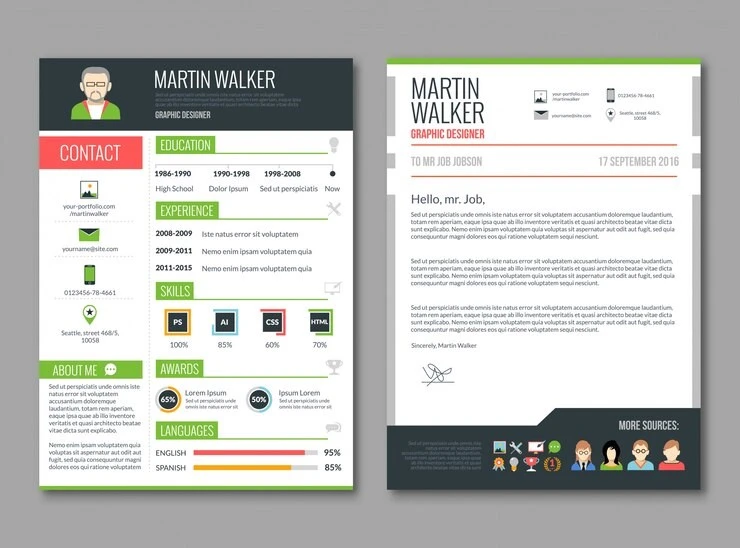
Both the cover letter and the resume play distinct yet complementary roles in a successful job hunt. They work in tandem to present a comprehensive and compelling picture of you as a potential candidate. Neglecting either document or failing to understand their individual purposes can significantly weaken your application.
Together, the cover letter and resume create a more complete and compelling narrative. The resume provides the factual evidence, while the cover letter provides the context, enthusiasm, and persuasive argument.
A strong application package leverages the strengths of both documents, ensuring that you not only meet the basic qualifications but also demonstrate a genuine interest and a strong fit for the specific opportunity and the company culture.
Let’s take a look at their roles in greater detail.
The Role of a Resume in Your Job Hunt
The resume’s primary role is to provide a factual and scannable summary of your qualifications. It acts as the evidence of your skills, experience, and education, allowing hiring managers to quickly assess whether you meet the basic requirements of the job.
These days, Applicant Tracking Systems (ATS) often process resumes before a human even reads them. Therefore, clarity, the use of relevant keywords from the job description, and a well-organized format are crucial for your resume to pass through these initial filters. The resume serves as the foundation upon which your candidacy is evaluated, providing the essential details of your professional background. Therefore, avoiding the common resume mistakes can help you stand out.
What Role Does a Cover Letter Play in Your Job Hunt’s Success?
The cover letter’s primary role, on the other hand, is to personalize your application and demonstrate your specific interest in the particular role and company. It provides context for your resume, explaining why you are a good fit for this specific opportunity and how your skills and experiences align with the employer’s needs.
The cover letter allows you to showcase your communication skills, enthusiasm, and understanding of the company and the position. It’s your opportunity to make a connection with the hiring manager, highlighting your unique value proposition and articulating why you are motivated to work for their organization. While the resume presents the “what” of your qualifications, the cover letter explains the “why” and “how” you are the right candidate.
When is a Cover Letter Necessary?

While the necessity of a cover letter has been debated in recent years, particularly with the rise of online application platforms, it remains a crucial component of a strong job application in most situations. A cover letter is generally necessary when:
- The job posting specifically requests one
- You want to explain specific connections between your experience and the job requirements
- You want to express genuine interest in the company and the role
- You have gaps in your employment history or are making a career change
- You were referred to the position by a contact within the company
- You are applying for a role that requires strong written communication skills
Even when a cover letter is not explicitly requested, including a well-crafted and tailored one can often give you a competitive edge. However, if a job posting explicitly states “no cover letter required,” it is best to adhere to those instructions. In most other situations, taking the time to write a compelling cover letter is a worthwhile investment in your job search.
FAQs
| Is a resume and CV the same thing? Nowadays, both the resume and CV are used interchangeably, referring to the same document. |
| Is a cover letter a necessity nowadays? Nowadays, with ATS systems being the norm, many companies are discarding the requirement for a cover letter. However, for roles where communication is a core skill, it is still recommended that a cover letter be submitted, as it helps gauge the candidate better. |
| Should I use the same cover letter for different jobs? No. Unlike a resume which can be shared across multiple jobs, a cover letter should always be personalized according to the company and the role being applied to. |
Conclusion
The cover letter vs resume debate shows that they are two distinct yet indispensable tools in the job seeker’s arsenal. Understanding their core differences – in purpose, content, format, and tone – is paramount for crafting effective application materials.
While the resume answers the question of “what you have done,” the cover letter explains “why you are the right fit” for the specific opportunity. By recognizing the unique role each document plays and tailoring them strategically, job seekers can significantly enhance their chances of making a positive impression and securing that crucial interview.

Unleash your brand story`s potential with eContentSol – your creative writing companion. We craft narratives that captivate. Ready to elevate your content game? Dive into creativity with us and let`s bring your ideas to life.
